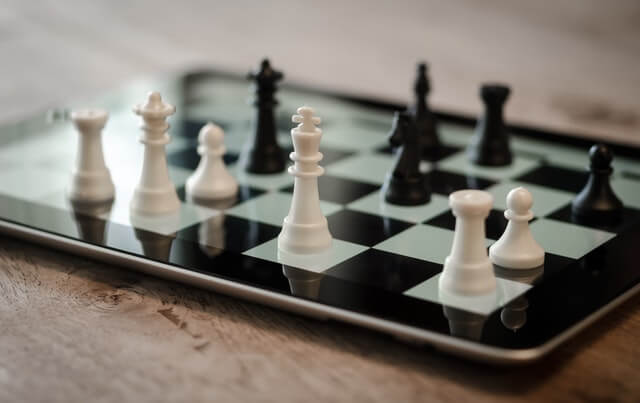What Is the Projection Bias?
The projection bias is a type of cognitive bias that involves overestimating the degree to which other people agree with us. People tend to assume that others think, feel, believe, and behave much like they do. They assume that their way of thinking about something or doing things is typical, and therefore other normal people…

The projection bias is a type of cognitive bias that involves overestimating the degree to which other people agree with us. People tend to assume that others think, feel, believe, and behave much like they do. They assume that their way of thinking about something or doing things is typical, and therefore other normal people will respond in a very similar manner.
This is similar to the false consensus effect, in which people overestimate the degree to which other people agree with their opinions.
Explanations for the Projection Bias
This tendency to overestimate the normality of our beliefs does not just apply to comparisons we make of ourselves in relation to others; it also influences our estimations of our future selves. We tend to believe that we will think, feel, and act the same in the future as we do now. Researchers have found that when it comes to predicting our future actions, we tend to experience an empathy gap. Essentially, we have a difficult time empathizing with our future selves.
For this reason, we sometimes make decisions that satisfy current desires or emotional states, instead of pursuing things that will serve our long-term goals. For example, because it is a struggle to empathize with your future selves, you might find yourself scarfing down a chocolate donut when you are hungry rather than choosing a healthy salad. Your immediate cravings and desire to satisfy your current emotional state override the long-term goals that would satisfy your future self.
What explains the projection bias? Researchers Loewenstein, O’Donoghue, and Rabin believe that this bias, like many others, happens because our current emotional states form an anchoring point that serves as the basis for our thoughts, feelings, and behaviors. The decisions we make now and our perceptions of the normalcy of these actions are all made with respect to that initial anchoring point.
Examples of the Projection Bias
“We may have learned from experience not to go to the supermarket when we are hungry – we tend to buy all kinds of junk that we don’t normally eat or want to eat, and not only is our bill higher than normal but we also end up with stuff we don’t consume or don’t want to consume. This happens because at the time of shopping we incorrectly anticipate that our future hunger will be as great as it is now.” (Wilkinson & Klaes, 2012)
Buying decisions can also be influenced by projection bias. Normally, our valuations of how useful or desirable a particular item may be now and in the future fluctuate. When we experience projection bias, we overestimate how much we will value an item in the future. For example, you might see a new mobile device, and your momentary desire to own the product will lead you to believe that you will continue to value the device to the same degree in the future.
Sources:
Loewenstein G, O’Donoghue T, Rabin M. Projection bias in predicting future utility. The Quarterly Journal of Economics. 2003;118(4):1209-1248. doi:10.1162/003355303322552784
Wilkinson N, Klaes M. An Introduction to Behavioral Economics. New York: St. Martin’s Press; 2012.





